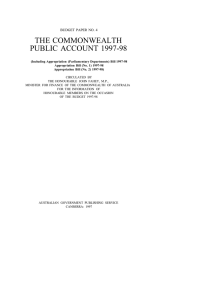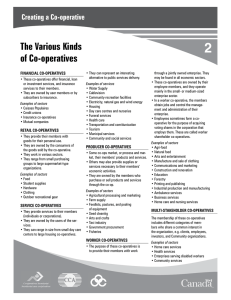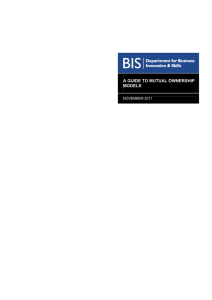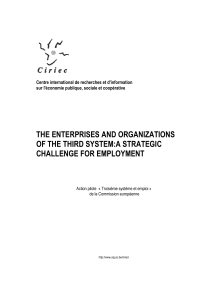Chapter 17 Accounting for Co-operative Societies
advertisement
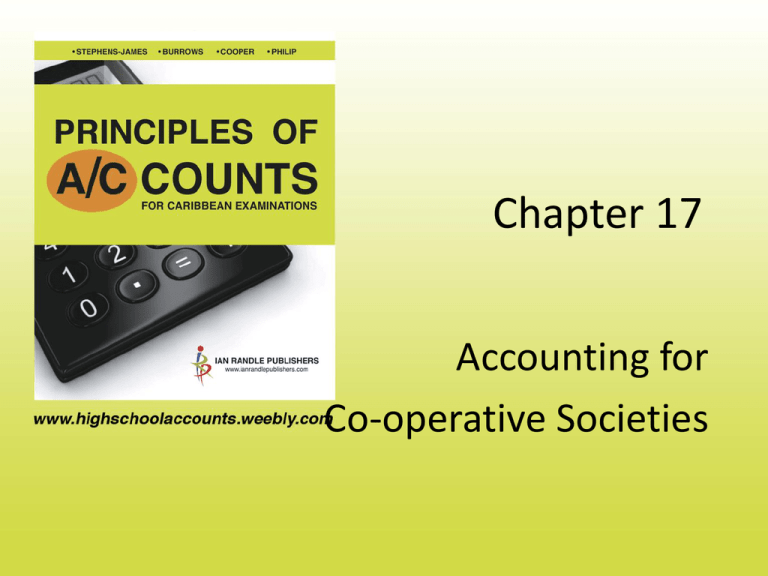
Chapter 17 Accounting for Co-operative Societies FEATURES OF A CO-OPERATIVE • The owners of a business in this nature are called members. • These members agreed collectively to pay sums of money for shares. • All co-operatives use a combination of features from non profit organizations, Partnership Companies and Limited Liability Companies. SOURCES OF CAPITAL • The sources of capital for co-operatives are from the members who apart from purchasing shares may also purchase goods and services. • To record the issue of shares, the entries in the General Journal will be: – Dr. Bank/Cash Cr. Share Capital a/c Financial Statements At the end of every financial year, cooperatives are expected to prepare: – Receipts and Payments account – Cash Flow statement – Trading and Profit and Loss Account (Income and Expenditure account/Income statement) – Appropriation account – Balance sheet. TRADING AND PROFIT AND LOSS ACCOUNT • Information to prepare these statements will come from the Receipts and Payments a/c. • Revenues and expenses will be used to prepare these statements which are dependent on the particular activities of the firm. • Included in these statements is Honorarium which is the small amount co-operatives paid to committee members. APPROPRIATION ACCOUNT • Information for this statement comes from the Receipts and Payments a/c and Income and Expenditure a/c. • The amounts to be transferred and retained as reserves, funds or schemes will be decided by the Board of Directors. • The remainder of the surplus (after the transfers) is available for distribution as dividends. APPROPRIATION ACCOUNT • After the dividends are paid, the undistributed remainder will be carried forward to the next period as undistributed surplus. BALANCE SHEET • Information for the Balance Sheet will come from the Receipts and Payments a/c and the Appropriation a/c. • The format of the Balance Sheet (Assets and Liabilities) will be the same as other organisations.
